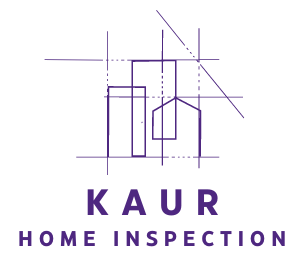When buying or selling a home, two key evaluations come into play: home inspections and appraisals. While both are crucial in the real estate process, they serve different purposes. Understanding these differences can help homeowners, buyers, and sellers make informed decisions.
What is a Home Inspection?
A home inspection is a detailed evaluation of a property’s condition, conducted by a professional home inspector. It provides buyers with an in-depth analysis of a home’s structural integrity and essential systems.
Purpose of a Home Inspection:
- Identify potential issues and safety hazards
- Provide a comprehensive report on the home’s condition
- Help buyers negotiate repairs or price adjustments
What Does a Home Inspection Cover?
A home inspector examines key components of a home, including:
- Foundation and Structure – Checks for cracks, settling, and other structural concerns
- Roof and Attic – Assesses the condition of shingles, leaks, and insulation
- Electrical Systems – Evaluates wiring, outlets, and the circuit breaker panel
- Plumbing – Identifies leaks, water pressure issues, and drainage concerns
- HVAC Systems – Tests heating, ventilation, and air conditioning functionality
- Interior and Exterior – Reviews walls, ceilings, windows, doors, and exterior materials
Who Benefits from a Home Inspection?
- Homebuyers – Ensures the home is safe and free from major defects before purchase
- Sellers – Identifies issues before listing to prevent surprises during negotiations
- Homeowners – Helps with regular maintenance and identifying potential future repairs
What is a Home Appraisal?
A home appraisal is a valuation process performed by a licensed appraiser to determine a property’s market worth. Lenders require appraisals before approving a mortgage to ensure the home’s value aligns with the loan amount.
Purpose of a Home Appraisal:
- Establishes the home’s fair market value
- Protects lenders from over-lending
- Ensures buyers are not overpaying for a property
What Factors Influence a Home’s Appraisal Value?
- Location – Neighborhood desirability and nearby amenities
- Comparable Sales (Comps) – Recent sales of similar homes in the area
- Size and Layout – Square footage, number of bedrooms/bathrooms, and overall functionality
- Condition and Upgrades – Renovations, repairs, and overall upkeep of the property
- Market Trends – Supply and demand, interest rates, and economic conditions
Who Benefits from a Home Appraisal?
- Lenders – Confirms the home’s value before issuing a mortgage loan
- Buyers – Ensures they are paying a fair price for the home
- Sellers – Helps determine an accurate listing price
Key Differences Between Home Inspections and Appraisals
| Feature | Home Inspection | Home Appraisal |
| Purpose | Evaluates the home’s condition | Determines the home’s market value |
| Conducted By | Licensed home inspector | Licensed appraiser |
| Required By | Optional but recommended for buyers | Mandatory for mortgage lenders |
| Focus | Structural and system integrity | Financial valuation |
| Outcome | Detailed report on home’s condition | Appraisal report with property value |
Do You Need Both?
Yes! While a home inspection ensures the property is safe and sound, an appraisal confirms that the price is fair. Both assessments provide essential insights that can influence negotiations and financing decisions.
